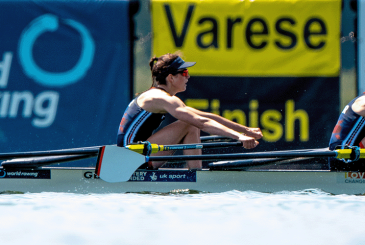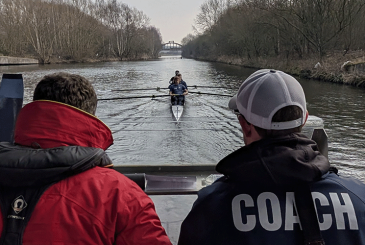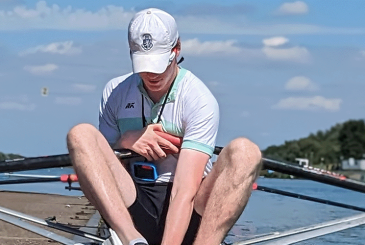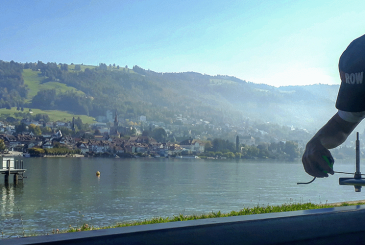Cambridge University BC Women’s Assistant Coach and cox Autumn Mantell (pictured above) and GB cox Harry Brightmore discuss all things coxing
The role of the cox in a rowing crew is often poorly understood, especially by those just starting in the sport. Most people are aware that they steer the boat and motivate the crew; but as Autumn and Harry tell us, there’s much more to it than that.
“They’re the voice of the crew, and they’re the mind of the crew,” emphasised Autumn, who goes on to explain how the most significant challenge coxes face involves getting the whole crew to act and think as one, while providing the leadership needed to achieve this. At the same time, it also falls to the cox to be the “eyes and ears of the crew”, as Harry put it, playing the middleman between crew and coach while ensuring the safety of the crew and setting them up for success.
As if that wasn’t enough, the cox’s role develops further on race day. From taking more of a back seat and listening for guidance from the coach during training, come race day, the cox’s role becomes “almost like a cheerleader”, according to Autumn. The cox is vital in building up the anticipation of the crew, hyping them up and getting them ready to race, but also making sure they feel prepared and know the race plan so that they can give their best performance when it’s needed.
Especially with junior rowing, gaining respect can sometimes be more complex with a girl coxing a boy’s crew and vice versa
In the crew or leading it?
Harry and Autumn agreed that striking a balance between being friends with the crew and also being in a leadership role can sometimes be challenging but the best coxes gain a level of respect from the crew, so the rowers know that when the cox cracks down, it’s time to get to work.
Especially with junior rowing, gaining this respect can sometimes be more complex with a girl coxing a boys’ crew and vice versa, but at the end of the day, your performance is what counts; as Autumn said, “Ultimately, you gain respect by doing a good job”. This will inevitably take time, so it’s important to be patient with it and not “bulldoze” your way through the first few sessions, expecting them to take you seriously from the get-go.
Building on this, Harry talked about how sometimes “what you can do off the water and away from the river is actually really vital”. Because the cox’s role is so different from that of every other crew member, the social aspect can be essential in breaking down these gender barriers to balance friend versus leader.
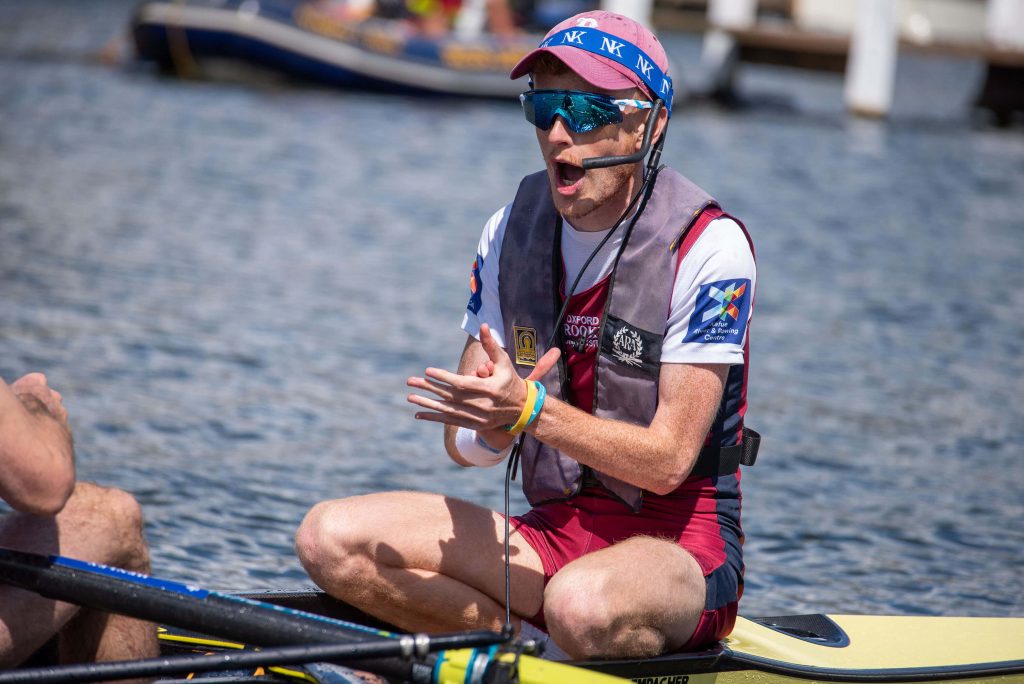
Perhaps their most valuable piece of advice to coxes covers the importance of how you handle criticism as a cox. Especially at a junior level, when feedback from crew members may not be delivered as delicately as you would like, you need to remember it’s not personal; everyone’s just trying to make the boat go faster.
This is also the coach’s aim, of course, and the cox’s relationship with them is almost as meaningful as with the crew. For Harry, nuanced feedback from the cox can be incredibly helpful for coaches in figuring out what might be going wrong from a perspective that they simply don’t have. Autumn agrees and explores how the cox also acts as a go-between for the coach and the rowers because “they won’t always feel like they can just go up to the coach”.
Coaches should be conscious not to undermine coxes in front of the crew.
Within this, the cox also has the authority to decide how to resolve the conflicts that will inevitably arise within the crew, the key judgement being whether it’s something they can fix or if it needs to go to the coach.
They both emphasised throughout our discussion that trust between cox and the crew is critical for success; “It would not work without it”, as Autumn put it. She’s right; trust is vital in bringing together all the other aspects of the cox’s role. Whatever the situation or type of crew, they need to trust the cox to keep them safe, communicate with the coach and control the race plan on the water.
Harry takes this a step further, suggesting that even though, “It might be a little bit of a white lie, but when you’ve got that trust factor you can almost get that extra degree out of your rowers”, exploring how performance can be enhanced even further when there is a good level of trust in the boat.
How to coach coxes
In terms of advice on how to coach coxes, something she says she is conscious of is not to undermine them in front of the crew. Autumn says this “can really damage the trust you have built with your crew, and it’s not necessarily the most productive way to deal with it”.
Following on from the idea that it’s not always productive, Harry added that because so much of the cox’s role hinges on confidence, coaches need to be careful not to come across too aggressively when giving advice to coxes (especially juniors) because this is only going to make things worse.
Top tips
To close, we discussed the most important lessons they’ve learned over the years; both of them struggled to narrow it down to just one thing. Finally, Harry landed on a piece of advice given to him when he was junior cox, when his coach told him to work on one tiny thing every week, no matter how small or obscure. “Don’t underestimate the little steps you can take”, he said, as this approach breaks down what can seem like a daunting task really effectively over the course of the whole season.
Autumn followed with equally good tips; first keep a cool head and second, remember that sometimes the best thing a cox can do is leave things unsaid, “silence can be compelling”. This is really helpful advice for coxes looking to improve, as sometimes you can be nervous about having something to say for the whole race when actually giving the crew some time to think and respond to your previous calls can be equally as valuable.
Photos: Roesie Percy



